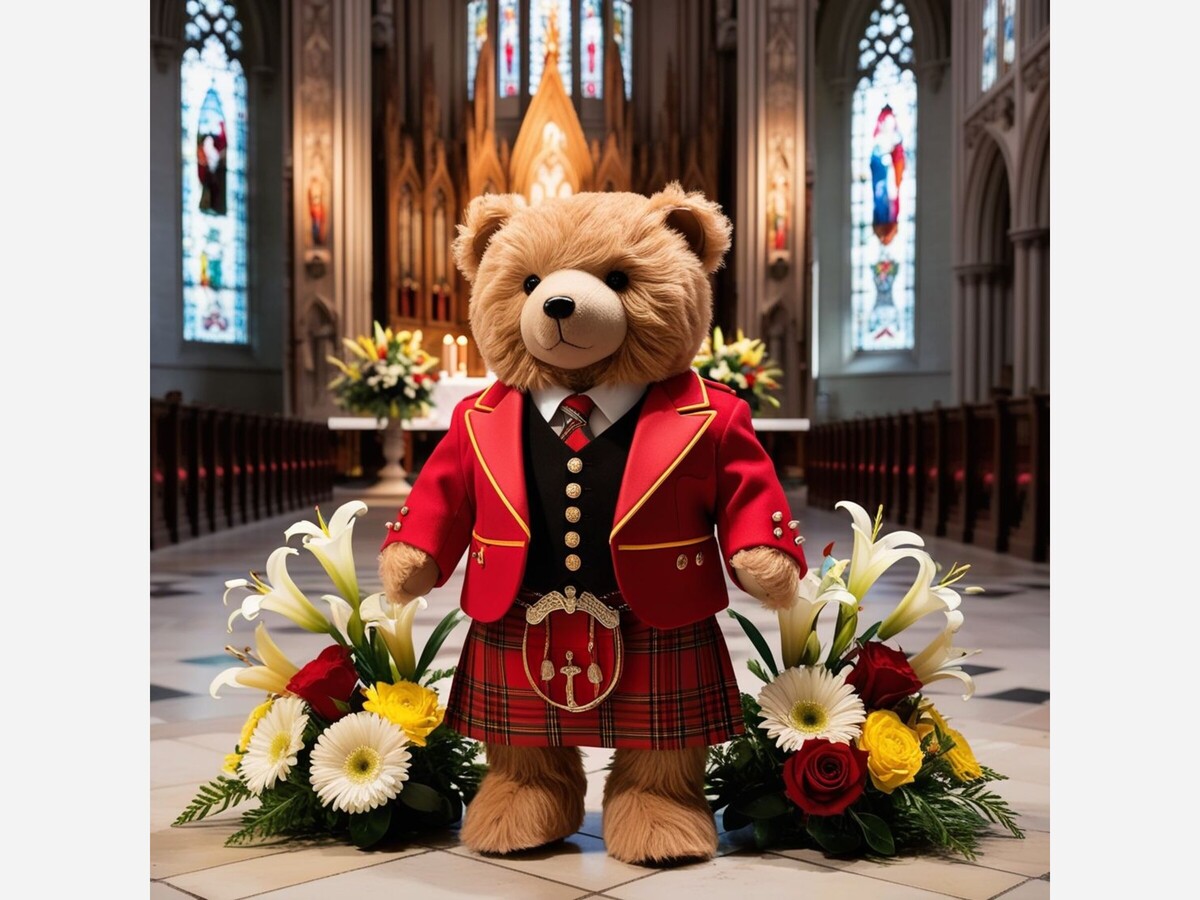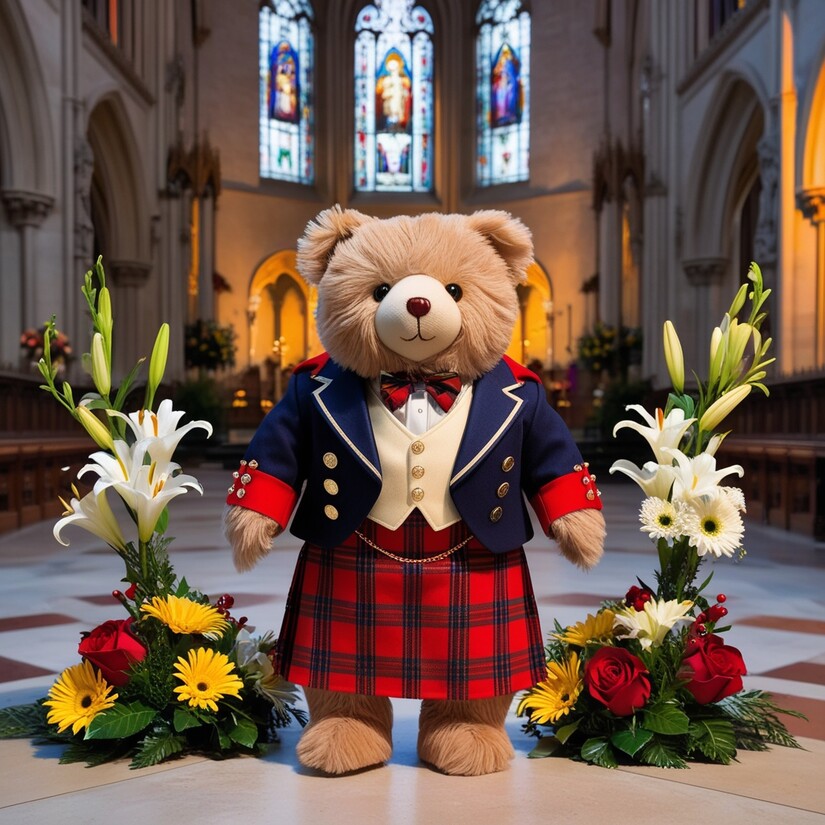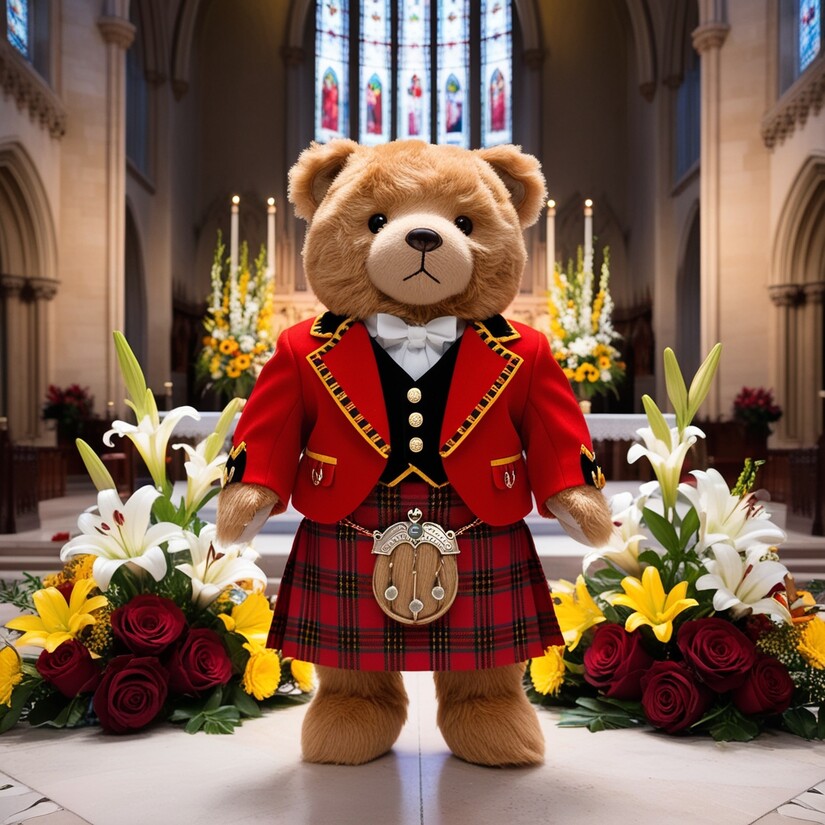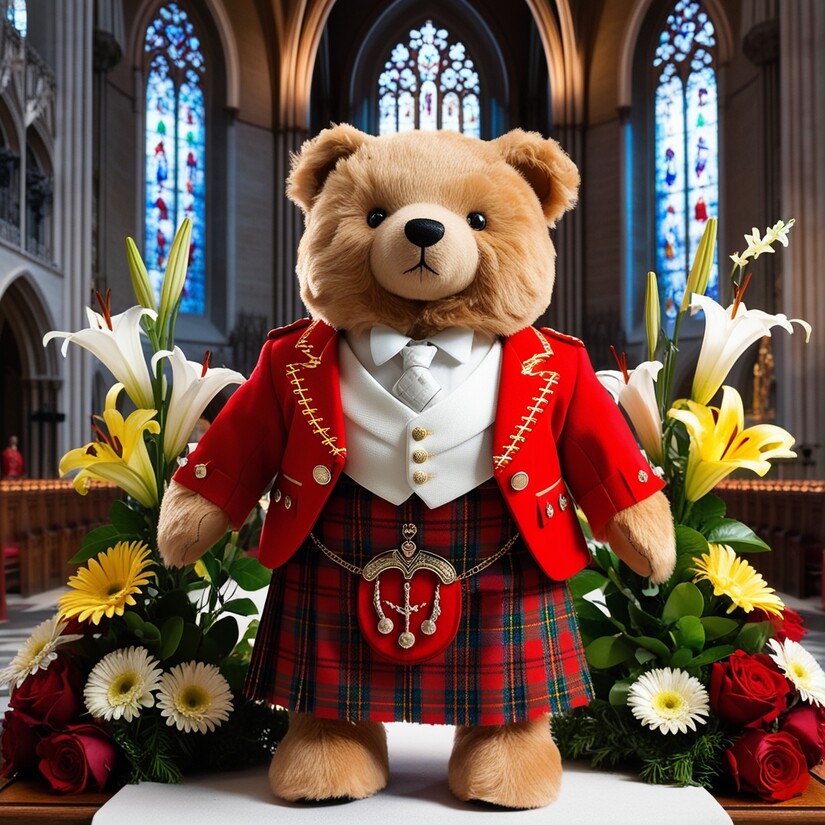Image


By Dr. Anton Anderssen
The Dress Act of 1746, part of the broader Act of Proscription, was a British law intended to suppress Highland Scottish culture in the wake of the failed Jacobite rising of 1745. This law prohibited the wearing of Highland dress, including kilts and tartans, as an attempt to break the unity and spirit of Scottish clans. Highlanders violating the Act could face imprisonment or transportation [exile to Australia], particularly after repeat offenses. The Act was repealed in 1782, allowing Highlanders once again to wear their traditional attire openly (McKay 58).

Contrary to popular belief, clan-specific tartans are largely a modern invention rather than an ancient custom. Before the 19th century, tartan patterns were primarily regional, reflecting the local dyes and styles produced by the area’s weavers. Most villages had a few weavers, and tartan patterns were not specific to clans but were a product of what each weaver produced with the available resources. It was not until the 19th century, notably during King George IV’s 1822 visit to Scotland, that the concept of clan-specific tartans gained traction. Merchants and manufacturers in the Scottish textile industry seized upon the romanticism surrounding Scottish culture, promoting the idea of "authentic" clan tartans, which was largely a commercial invention (Cheape 29; Burns 233).

The Dress Act exempted certain groups, such as Highland regiments serving in the British army, from the ban on Highland dress. Members of the nobility and loyalist families sometimes received unofficial exemptions, reflecting a double standard based on loyalty to the British crown. Highland regiments, in particular, retained their traditional dress as part of their military attire, which paradoxically allowed for the preservation of Highland identity within the British military (Prebble 118; McKay 63).

The Kirkin' o' the Tartan ceremony, which is now a popular Scottish-American tradition, was not practiced during the time of the Dress Act but was introduced in the 20th century. Reverend Dr. Peter Marshall, a Scottish-born pastor at the New York Avenue Presbyterian Church in Washington, D.C., is credited with inventing the Kirkin' o' the Tartan in 1941. Marshall’s sermon, titled "The Kirkin' o' the Tartans," was part of a special service held on April 27, 1941, to raise funds for British war relief during World War II. His sermon celebrated Scottish heritage and helped foster a sense of unity and friendship between Scotland, the United States, and Canada (Grant 74).
The term "kirking" derives from the Scots word kirk, meaning "church." The Kirkin' o' the Tartan ceremony has since become a cherished tradition, celebrated annually at Washington National Cathedral and in numerous Presbyterian churches across the United States. Some Kirkin' ceremonies are held at Highland games, where participants bless their tartans as a mark of cultural pride. Though not historically practiced during the period of the Dress Act, the Kirkin' o' the Tartan has become a meaningful way for Scottish-Americans to honor their heritage (Burns 244).